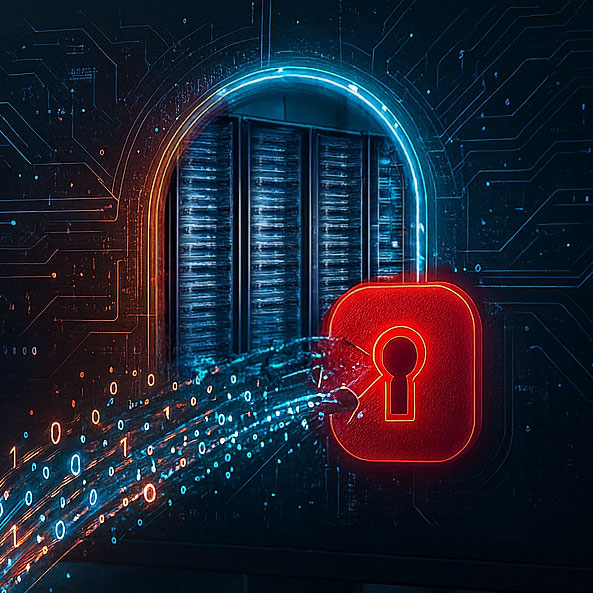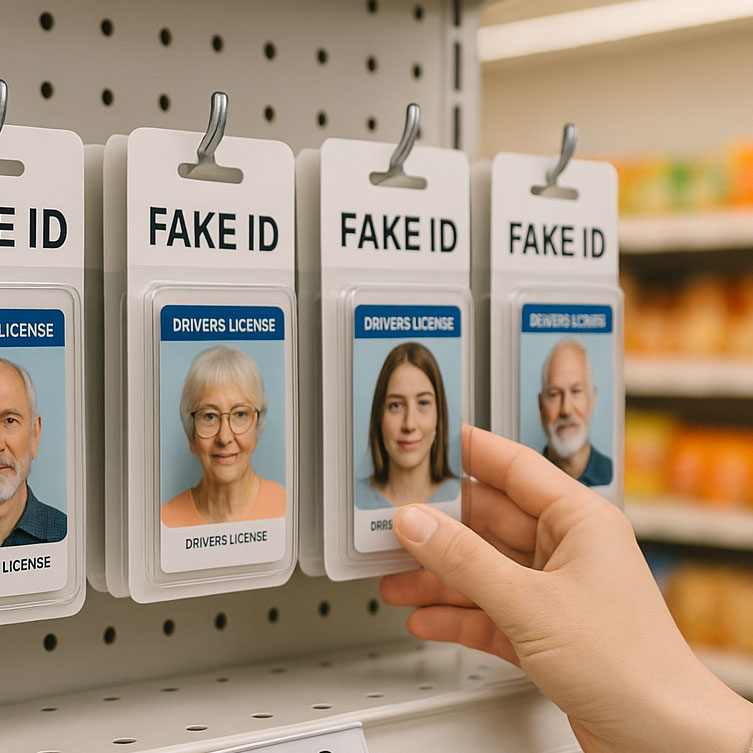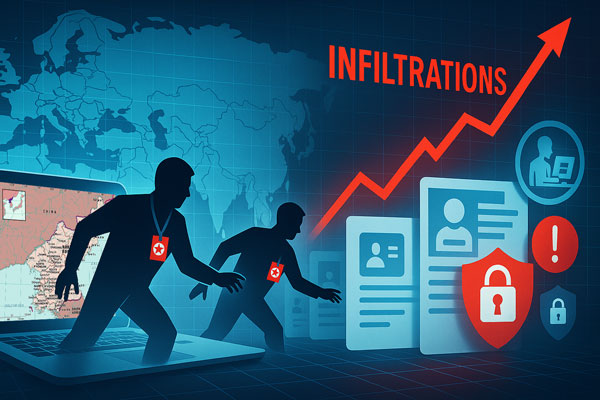The Emergence of Regulatory Standards
The standards themselves are myriad, and some of the more prevalent are outlined below. In each case they contain significant guidance or requirements for HR departments to align their practices to ensure regulations are met, and the future points to an ever-increasing tightening in compliant hiring.
SOC 2 (Service Organization Control 2) focuses on the management of customer data based on five "trust service principles": security, availability, processing integrity, confidentiality, and privacy. It is crucial for SOC 2 compliant organizations to deliver thorough employee screening processes to ensure expertise, reliability, and integrity for individuals handling sensitive data.
ISO27001 is a comprehensive framework for managing and protecting company and customer information through an information security management system (ISMS). This standard is recognized globally and applies to organizations of all sizes and industries. Control 6.1 states that companies must establish a screening process that vets all full-time, parttime and casual/temporary staff and suppliers, to ensure that only fit and proper personnel are able to access information
NIS2 Directive (Network and Information Systems) the NIS2 Directive is a continuation of the EU cybersecurity directive, NIS. Member States have until October 17, 2024 to transpose the Directive into national law. This means that affected organizations will be legally obligated to meet its requirements by Q4 2024.
Critical Entities Resilience Directive is a European Union regulation aimed at bolstering the security and resilience of critical infrastructure, to ensure that essential services for the maintenance of vital societal functions or economic activities are unobstructed. This directive is part of the EU's efforts to enhance its collective cybersecurity posture and protect its internal market from disruptions. Again, HR must implement an employee screening process, verify expertise, reliability, and integrity for those accessing critical infrastructure. Identity and criminal checks are a minimum standard.
Impact on HR Departments
The implementation and compliance with these standards have profound implications for HR departments for several reasons.
Recruitment and Training: HR professionals now need to consider cybersecurity and data protection competencies as critical factors in the recruitment process. For roles that involve access to or management of sensitive information, candidates must demonstrate not only the necessary technical skills but also an understanding of compliance standards. Additionally, HR departments are tasked with developing comprehensive training programs to ensure all employees are aware of their roles in maintaining these standards.
Policy Development and Enforcement: HR departments are increasingly involved in the development of policies related to information security, data protection, and incident response. These policies must align with the requirements of the relevant standards and be communicated effectively to all employees. HR plays a crucial role in enforcing these policies and handling breaches, including disciplinary actions when necessary.
Vendor and Third-Party Management: As organizations rely more on third-party vendors for various services, HR departments must ensure that these partners comply with relevant standards. This includes conducting due diligence during the selection process and regular audits to ensure ongoing compliance. The HR department often collaborates with IT and legal teams to manage contracts and agreements that include clauses related to compliance with SOC 2, ISO27001, NIS2, and other relevant standards.
Employee Data Protection: With regulations like the GDPR (General Data Protection Regulation) in the EU, protecting employee data has become a critical concern for HR departments. The principles of these regulatory standards often extend to employee data, requiring HR to implement strict controls over access, processing, and storage of personal information.
Continuous Monitoring and Improvement: Compliance with standards like ISO27001 requires continuous monitoring and improvement of the ISMS. HR departments must work closely with IT and security teams to identify and address any gaps in compliance. This includes conducting regular internal audits, managing corrective actions, and updating policies and procedures as needed.
Challenges and Solutions
The evolving nature of these regulatory standards poses significant challenges for HR departments. Keeping abreast of changes in the regulatory landscape requires dedicated resources and ongoing education. Moreover, the intersection of HR functions with IT security and legal compliance demands a multidisciplinary approach that may not have been a traditional part of HR responsibilities.
To address these challenges, organizations are increasingly adopting integrated compliance management solutions that automate many aspects of compliance tracking and reporting. Such tools can help HR departments manage employee training, policy acknowledgment, and incident reporting more efficiently. Additionally, fostering a culture of security and compliance within the organization can enhance employee engagement with these critical issues.
Conclusion
As the regulatory environment continues to evolve, HR departments must adapt to the changing landscape by acquiring new skills, collaborating across departments, and leveraging technology to manage compliance effectively. The role of HR is becoming increasingly strategic, not just in managing talent but in safeguarding the organization against the risks of non-compliance. By embracing these challenges, HR professionals can contribute significantly to the resilience and security of their organizations in the digital age.




